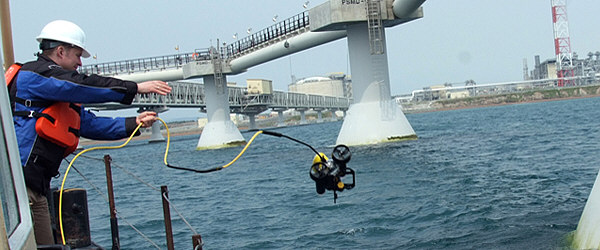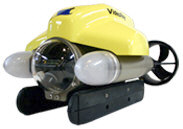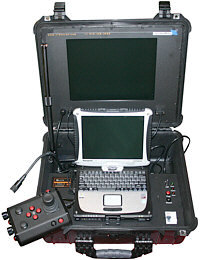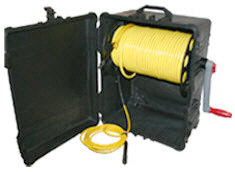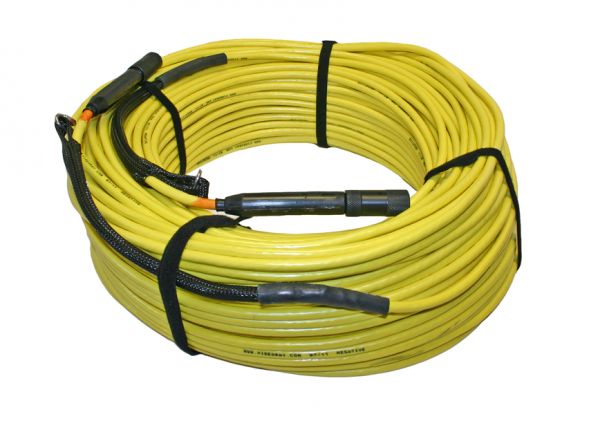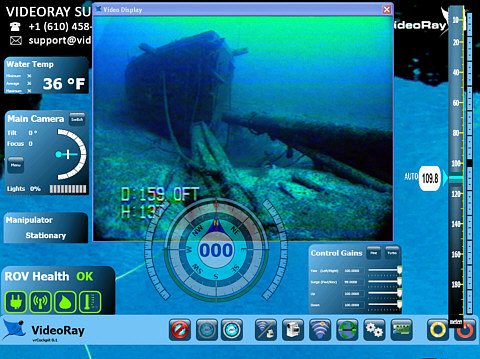Best PracticesThe best maintenance programs begin before trouble occurs, and preventative maintenance should be your first step on the road to reliable system performance. InspectionsBe observant for signs of loose parts, wear or impending failure - catch small problems before they become big problems. Always conduct the pre-dive and post-dive inspections.
Care and HandlingDo not abuse the VideoRay and be careful not to damage the system's components through normal use. For example, avoid letting the tether connectors come in contact with the ground where dirt damage the contacts. CleaningVideoRay systems should always be cleaned after use. When used in salt water or contaminated environments, make sure to thoroughly rinse and then soak all wet components. It is especially important that you rinse the pressure sensor and allow it to drain. You must remove the float block to do this.
Storage and TransportAlways pack the system securely to make sure it is not damaged in transport. ServiceFollow procedures and use the proper tools. Work in a clean environment. Trained OperatorsDo not subject equipment to accidental or inadvertent abuse by someone who is not trained in its proper use.
Trained TechniciansMaintenance should be completed by trained technicians, and using factory authorized parts. VideoRay recommends that you create and maintain a system logbook. The logbook entries can include details of missions (date, location, conditions, dive time, etc.) and maintenance performed (date, procedure, parts replaced, etc.). The logbook may help identify possible causes of problems and systemic issues that should be reported to VideoRay for further investigation. |
|
|
|




